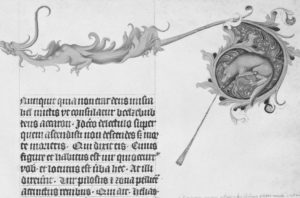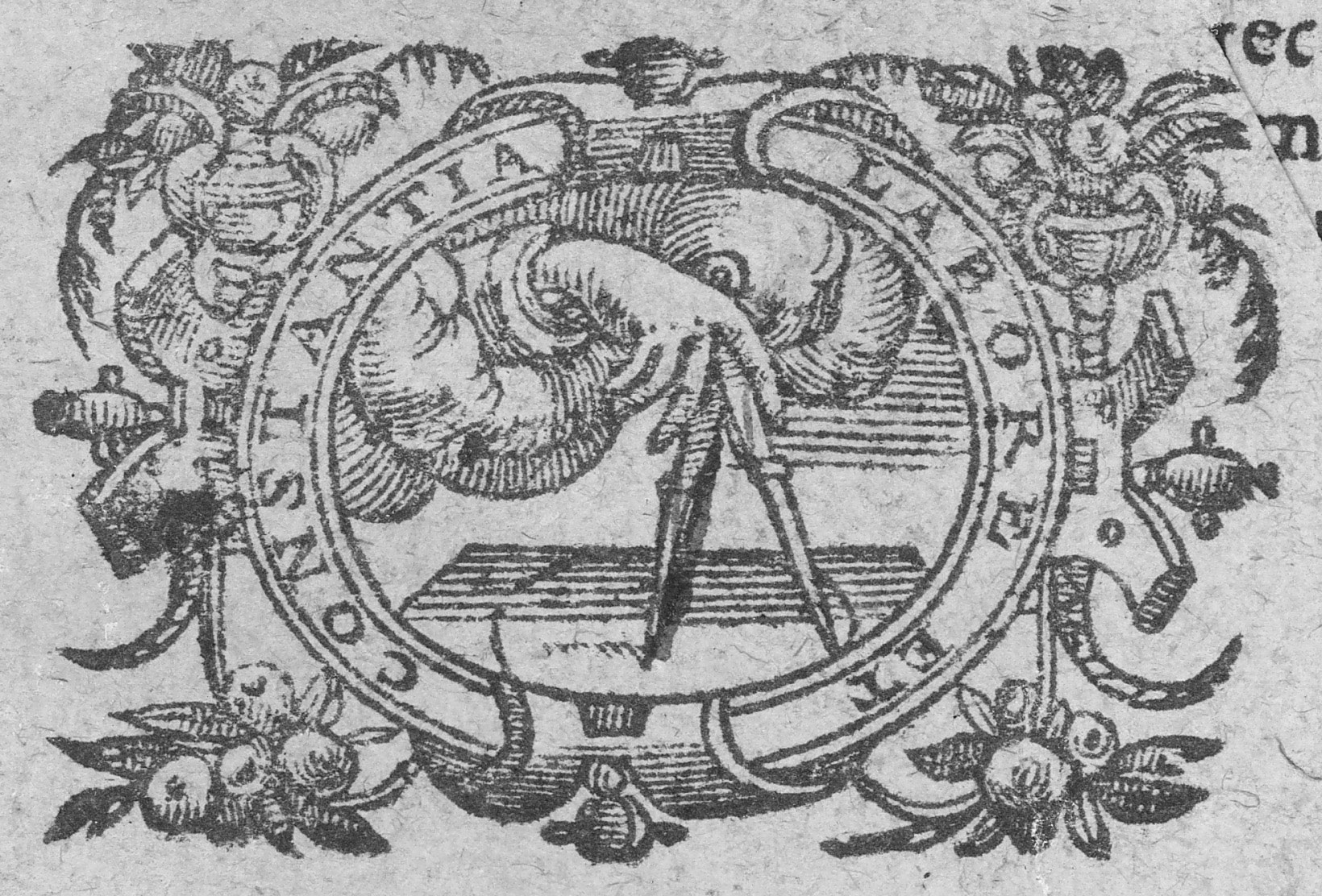Christophe Plantin, founder of what would become the biggest publishing business in 16th century Europe, overcame setbacks greater than most modern entrepreneurs could imagine. A master printer and typographer respected for both his artistry and business savvy, Plantin survived a crippling sword attack that obliged him to change careers, accusations of heresy that forced him to briefly abandon his growing printing business, and the terror of marauding Spanish troops in Antwerp, Belgium, the Frenchman’s adopted home.1
Plantin began his career as a respected hand bookbinder but switched to printing and publishing after the sword attack, perpetrated by drunkards who mistook him for someone else. The timing of the unfortunate event turned out to be fortuitous. The market for mass-produced books grew tenfold during Plantin’s lifetime thanks to the moveable-type printing press, one of the most impactful innovations of all time. Much of his commercial success in this new career, came from printing emblem books, which were collections of aphorisms paired by the publisher with illustrative engravings.2
By 1575, his firm operated at least 16 presses and counted 56 employees.3 His handwritten financial accounts, meticulously detailed for financial backers, suggest a perfectionist attention to detail in all matters of his endeavor. The printer’s mark appearing in books published by Plantin featured the image of a hand holding a compass drawing tool and a Latin motto meaning “By Labor and Constancy.” The Plantin Press, which the craftsman restarted at least twice, ultimately survived nearly 300 years after his death.
For craftsmen like Plantin, the artistry of their designs and the quality of their execution, combined with a large dose of patience, eventually earned them the title of “master.” Masters defined standards of excellence and controlled membership in the guilds. Every craftsman aspired to mastery, but the path from apprentice to master, typically lasting seven to ten or more years, demanded an intensity of commitment and discipline that few could sustain. Whether bookbinders, cabinetmakers, coppersmiths or glass blowers, most artisans remained journeymen, keepers of the craft eking out a modest living. Their hourly wages or prices buyers paid for the objects created by journeymen barely reflected the value of the craftsmen’s time and the cost of materials. Their creations never achieved the notoriety—nor the lofty prices—of those fashioned by true masters.
Prices commanded by masters reflected the much richer value buyers placed on the innovative products and renown of their makers. And in each guild, masters attracted hardworking apprentices and journeymen as well as loyal clients through whom they could extend their influence and scale output.
Etienne Boileau, French royal provost and trusted advisor to King Louis IX, was the first person to catalogue the trades of his time when he published Le Livre des Métiers early in the 13th century. Furriers, milliners, jewelers, tanners, winemakers and 96 other distinct crafts are inventoried in Boileau’s medieval precursor to the Standard Industry Classification used by economists today. Practitioners in each discipline organized into guilds that codified the path to advancement. Apprentices sought initiation and, once trained, became journeymen, selling their services or products for a living. Journeymen often travelled widely to learn from various masters and to ply their trades. Local guild members sometimes offered a bed and a warm meal. They shared stories of their travels and their craft.
Similar dynamics are emerging today. Founders and inventors are forming guild-like support networks both on and off the Web. Hackers/Founders, started as a cooperative in Silicon Valley in 2008, now counts more than 200,000 members spread across 128 cities in 47 countries.4 The maker movement of the past decade and growing interest among US entrepreneurs and investors in “artisanal” small-batch ventures signals a return to startups that value quality and patience over scale and speed.
4 Hackers Founders (home page, consulted May 29, 2017)

